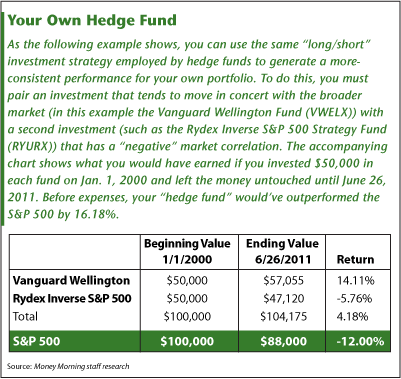by Agrimoney.com
Investors braced for the risk of grain prices moving their daily limit in Chicago, after the release of reports billed variously as "potentially very explosive" and "the biggest of the year" so far.
US Department of Agriculture data is expected to say that domestic corn inventories dropped by 3.2bn bushels between the beginning of March and the start of this month.
This would leave stocks at a seven-month low, for June, of 3.3bn bushels.
Separately, the USDA is also expected to peg American corn sowings this year at 90.7m acres, well below initial hopes of 92.1m acres after a wet spring hampered farmers, if in line with an initial estimate revision made earlier this month.
However, the tightness of US corn stocks, which are expected to close 2010-11 at among their tightest since World War II, has raised concerns that even a small miss from the estimates could have large implications for supplies, and therefore on prices.
On futures markets, grains pared on early gains for fears of a surprise in the data, with Chicago wheat for July falling back from gains above 1% to stand only 0.6% higher at 12:00 GMT, and corn suffering a similar pullback.
'Very explosive'
At an average yield and crop abandonment rate, every change of 100,000 acres in sowings represents more than 14m bushels in harvest potential.
| Forecasts for corn in USDA reports, previous USDA estimate, (yr ago) June 1 stocks: 3.302bn bushels, 6.523bn bushels as of March 1, (4.310bn bushels) Plantings: 90.767m acres, 90.70m acres, (88.192m acres) Source: ThomsonReuters poll |
A figure of "88m acres or lower is a shocker with two or three limit days", he added, terming the data "potentially very explosive".
Similarly, inventory data pegged too far from consensus could spark a "spike" in prices, Mike Mawdsley at Market 1 said.
"Either way, I would expect to see a limit move up or down," he said.
'Market mover'
Not that this is the end of the story on stocks and acres.
| Market forecasts for wheat data, previous USDA estimate, (year ago) June 1 stocks: 826m bushels, 1.425bn bushels as of March 1, (973m bushels) Plantings of hard red spring: 13.349m acres, 14.427m acres, (13.698m acres) Plantings of durum: 2.034m acres, 2.365m acres, (2.570m acres) All wheat plantings: 56.671m acres, 57.7m acres, (53.603m acres) Source: ThomsonReuters poll |
"Two-thirds of the time, the government raised corn acres after the June report into the July [Wasde] report," a monthly briefing on world crop supply and demand, the broker said.
"This has been the case since the 1990s."
Late surge in plantings?
Additional uncertainty has been caused this time by the lateness of the planting season, which has led some analysts to believe that Thursday's corn acreage estimate will prove too high, with farmers being unable to sow all the land they aimed to.
| Market forecasts for soybeans, previous USDA estimate, (yr ago) June 1 stocks: 596m bushels, 1.249bn bushels as of March 1, (571m bushels) Plantings: 76.53m acres, 76.609m acres, (77.404m acres) Source: ThomsonReuters poll |
Benson Quinn Commodities said: "Due to the timing of the survey used for the report, the acreage estimates will likely be disputed by many in the trade."
Indeed, it is likely that the USDA will have undertaken a mid-month snap survey to update its June 1 number - or will order a follow-up report to be released in August, as it has done previously – Jerry Gidel at North America Risk Management Services said.
And even if the sowing number does prove to have been updated, that may not help too much in narrowing down what the eventual crop will be.
"Ultimately, it is the acres harvested that count, and who knows what that will be after so many acres were flooded out," he said, a reference to the swollen US rivers which have inundated huge areas.









